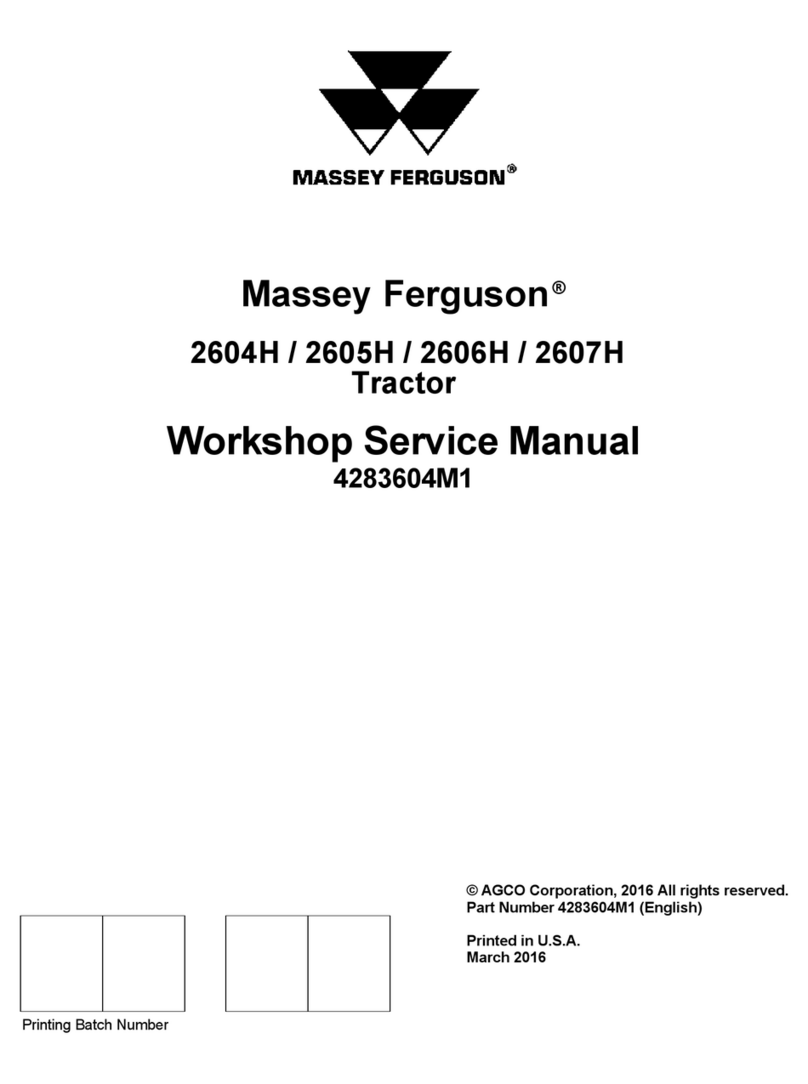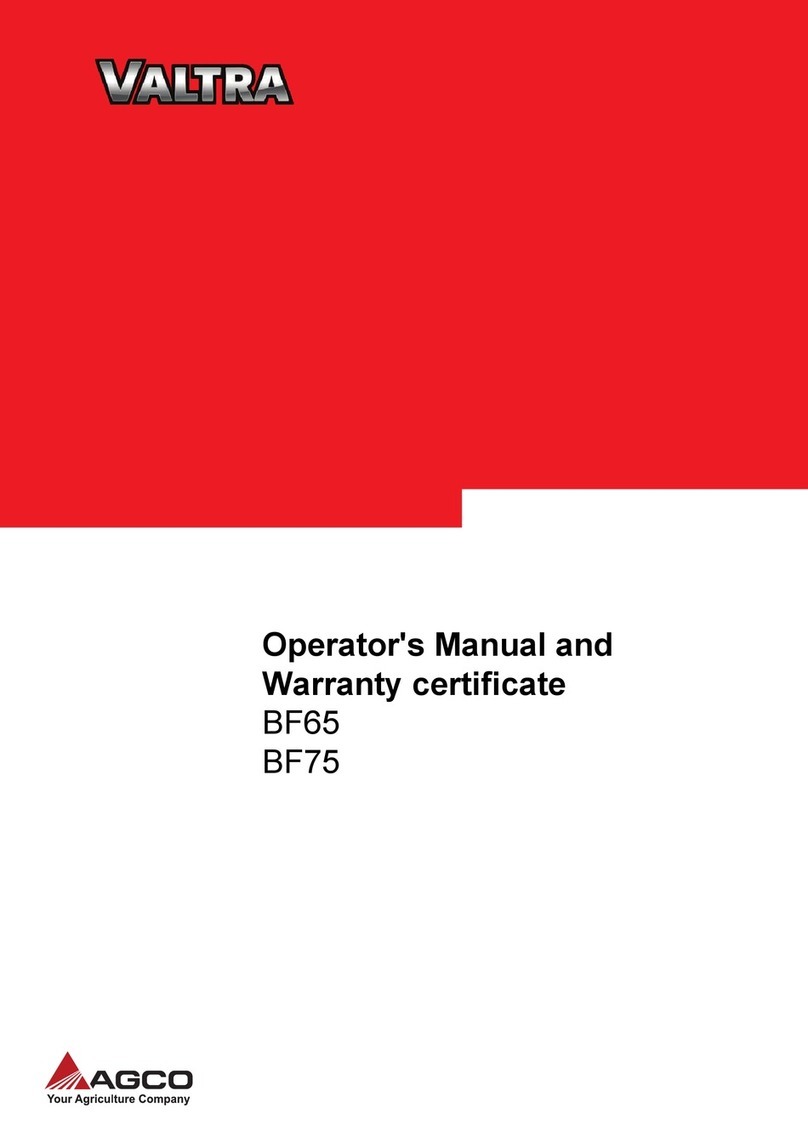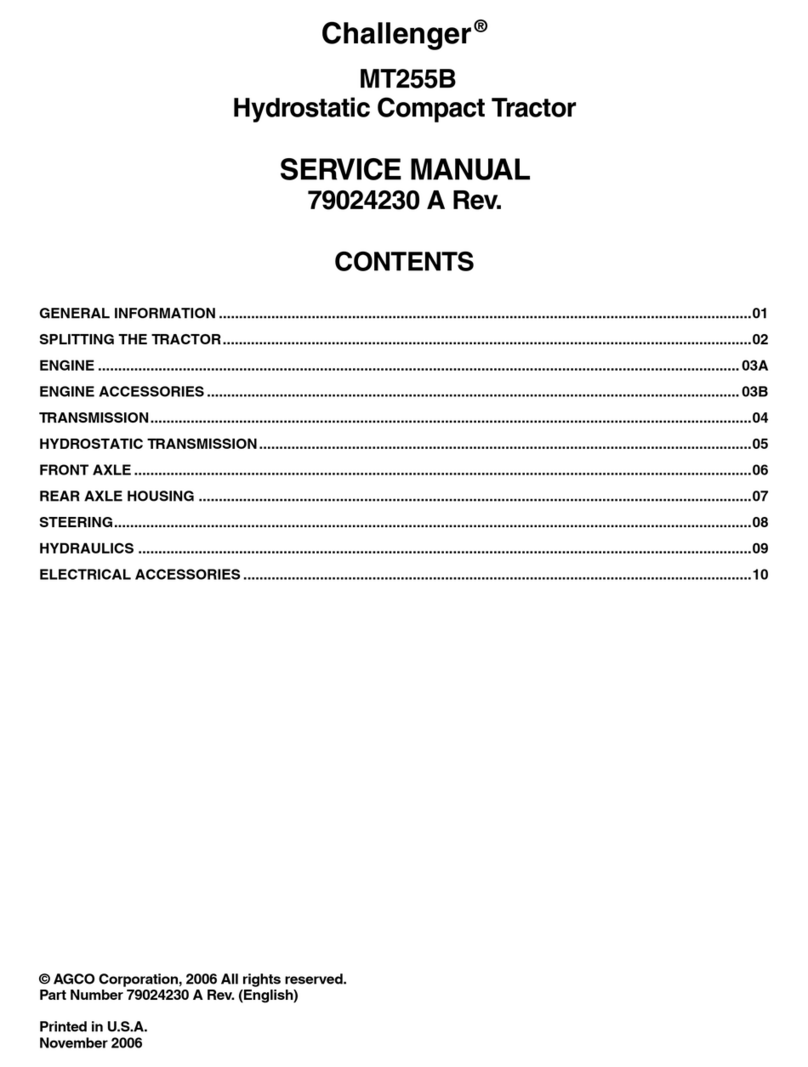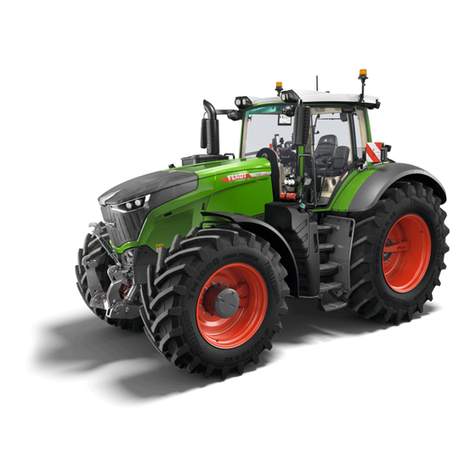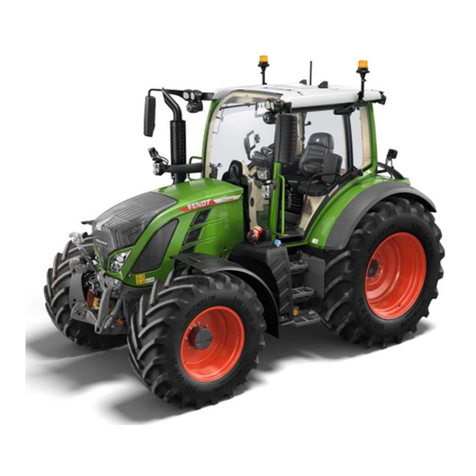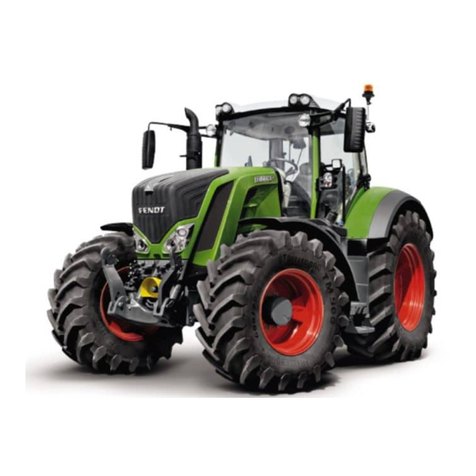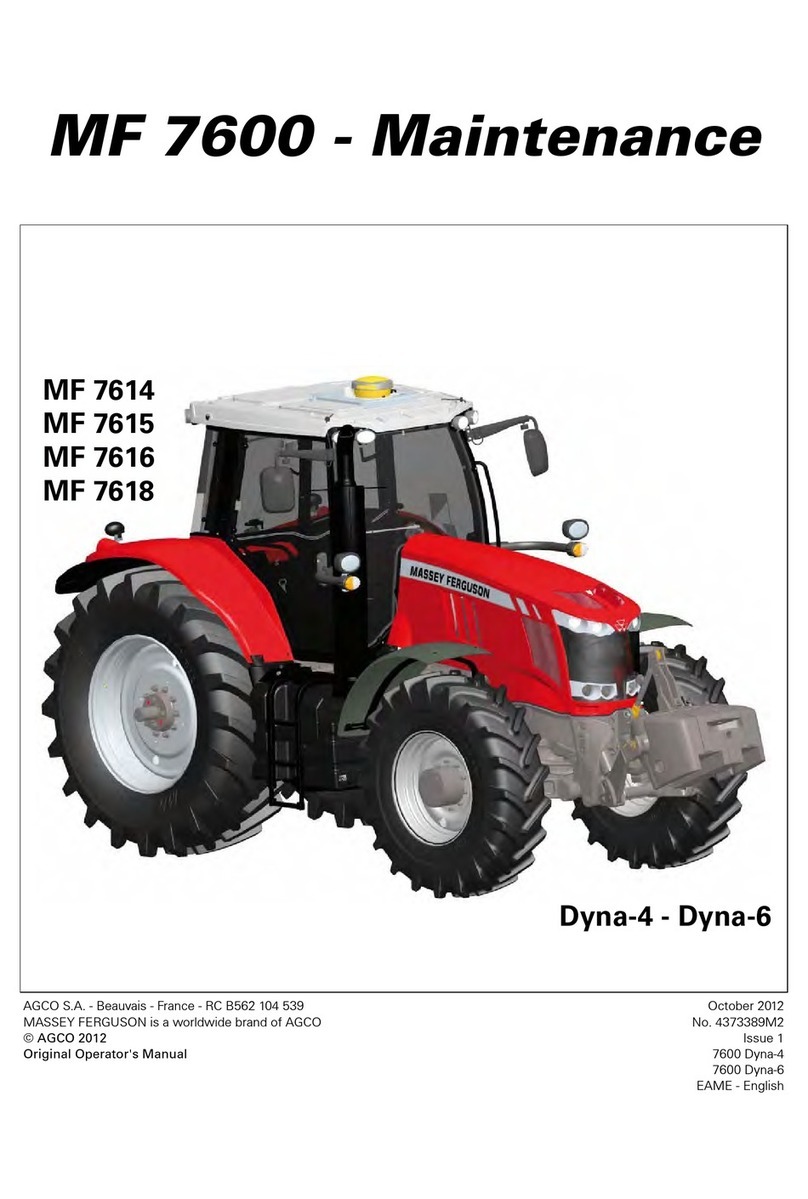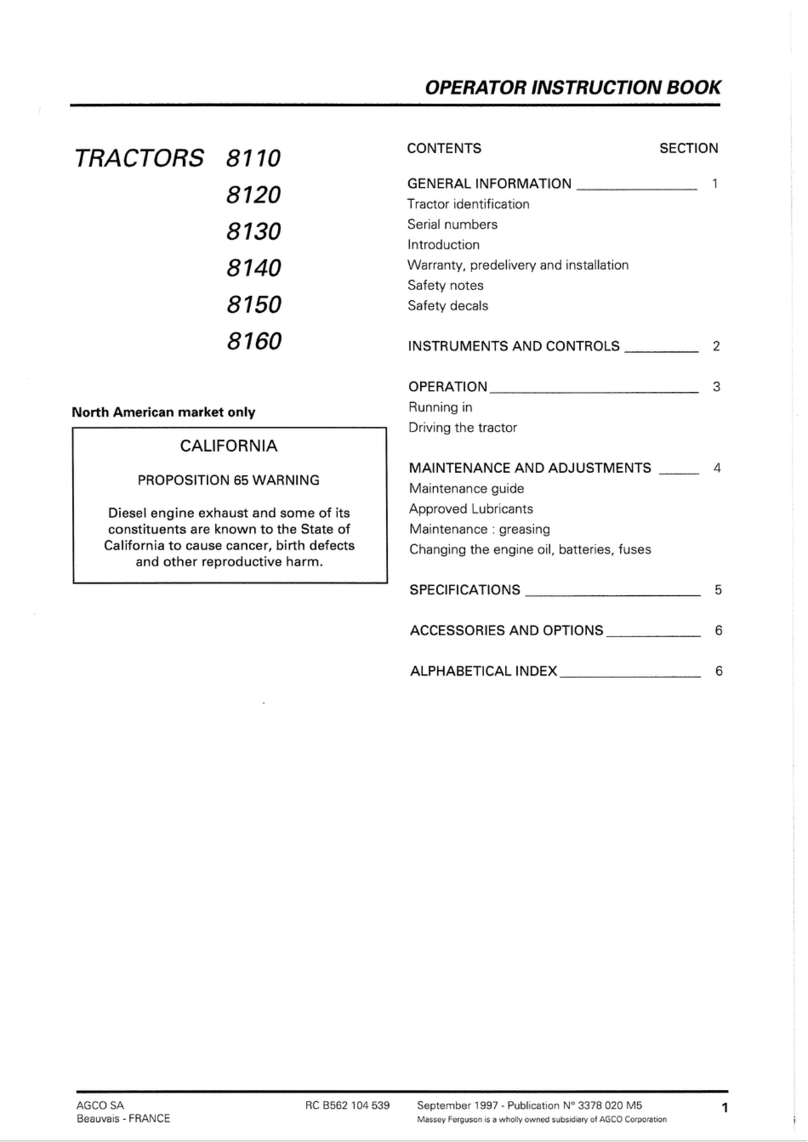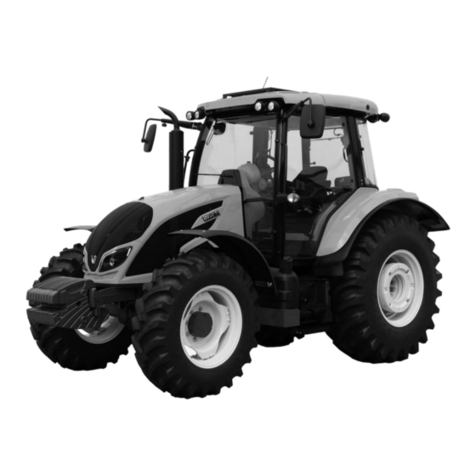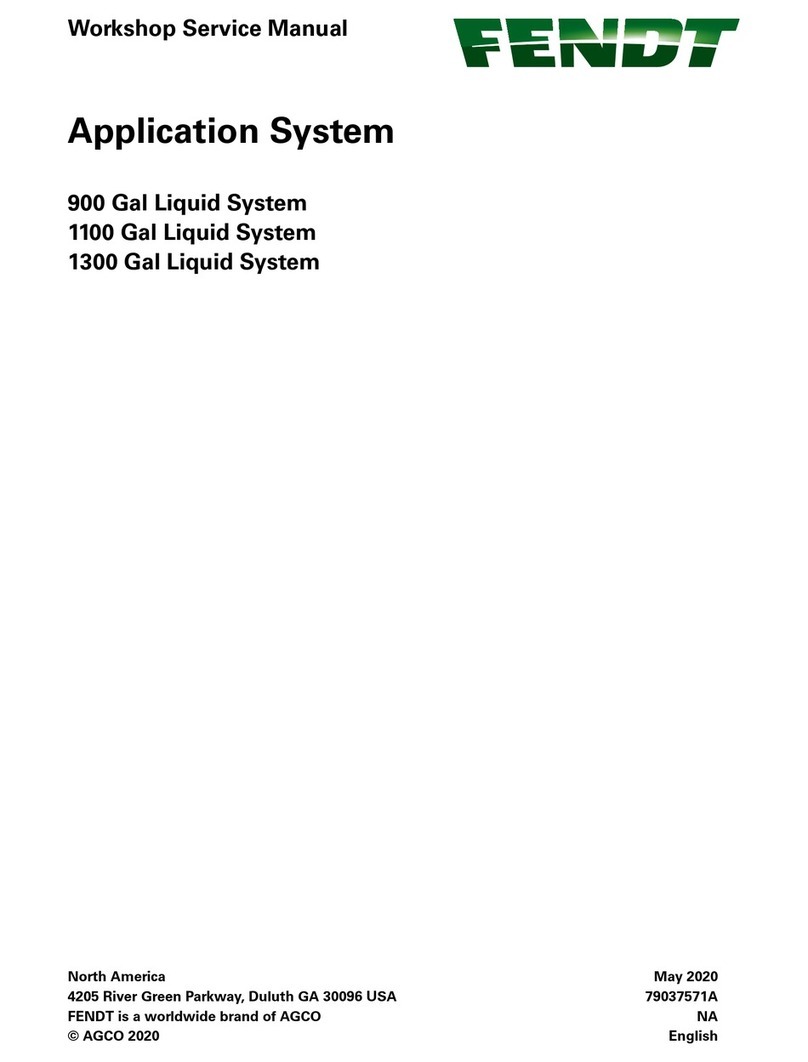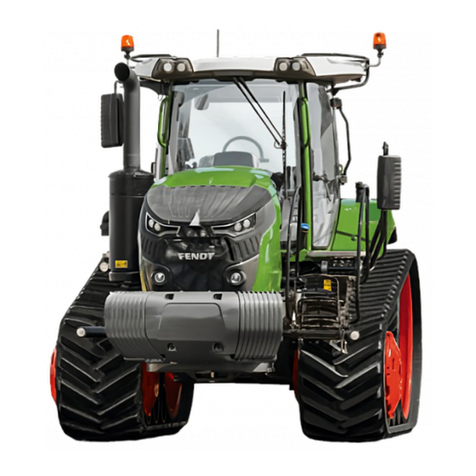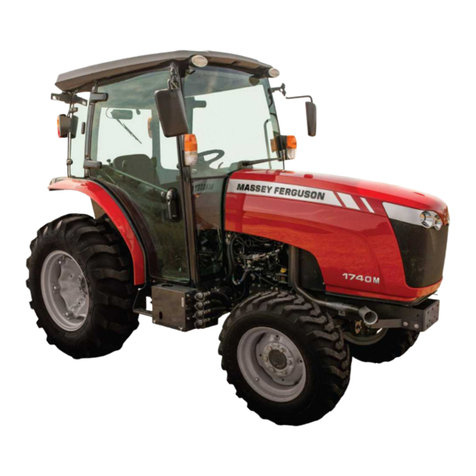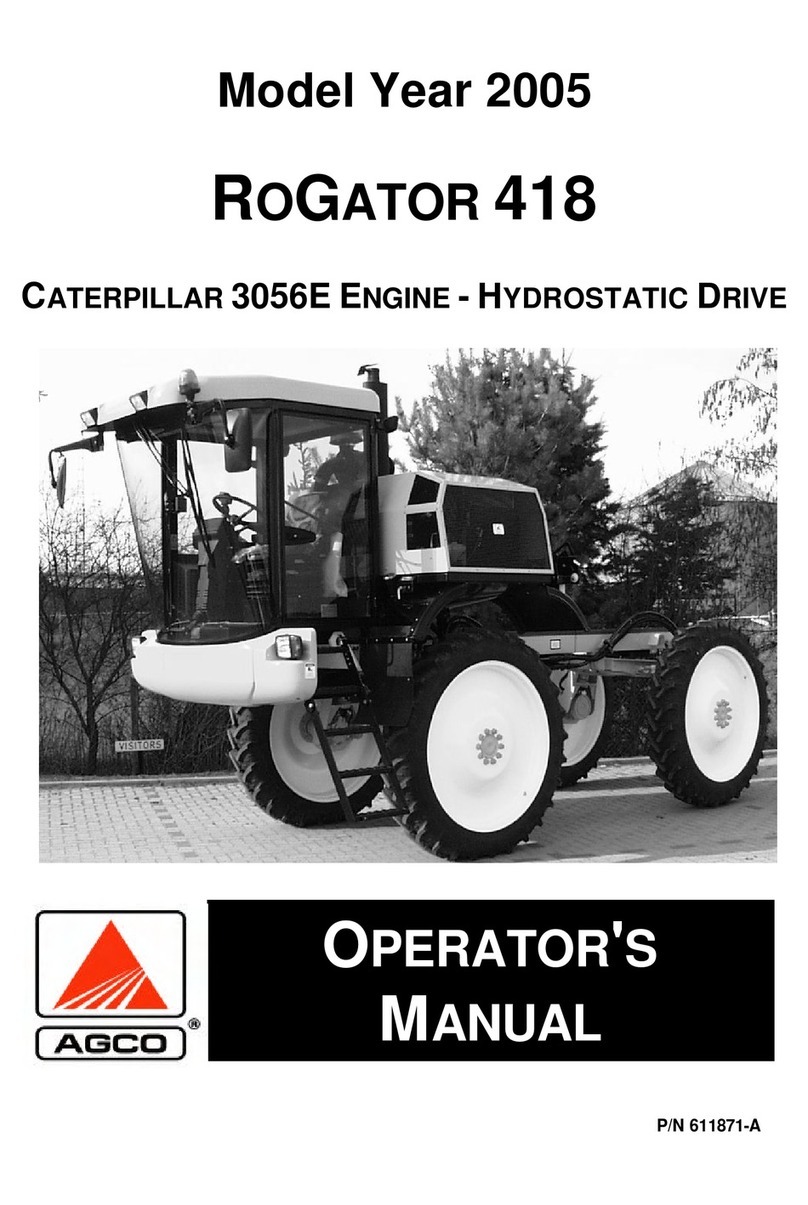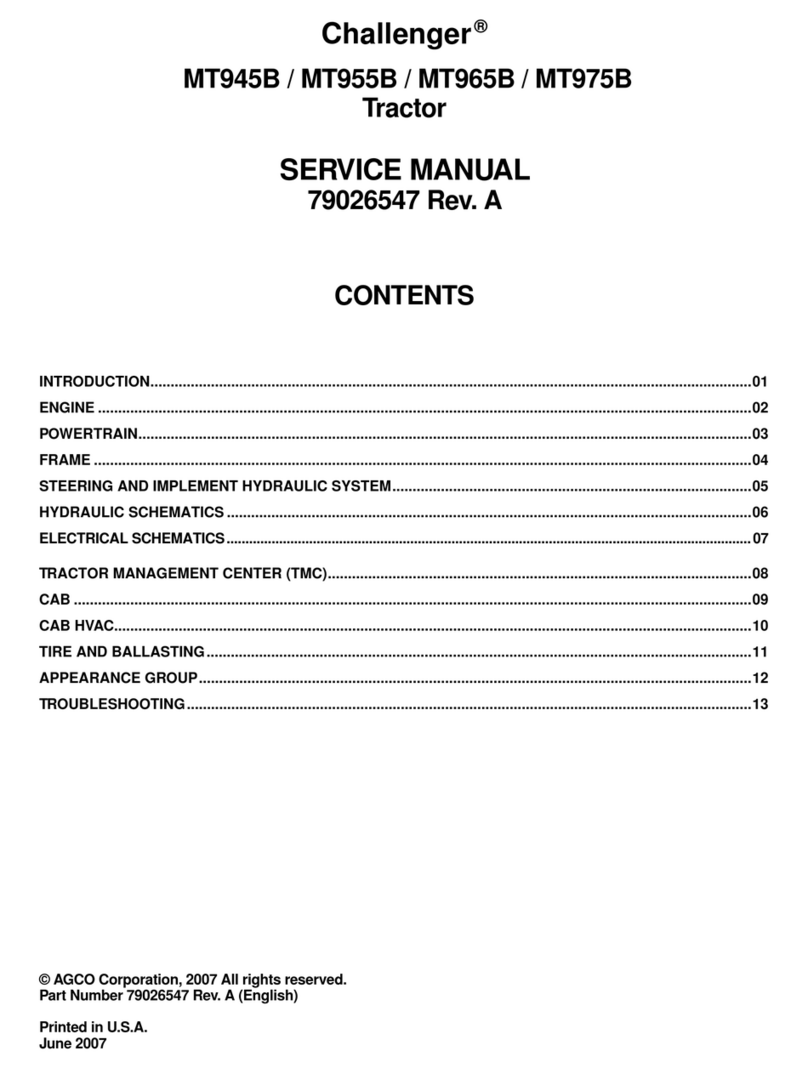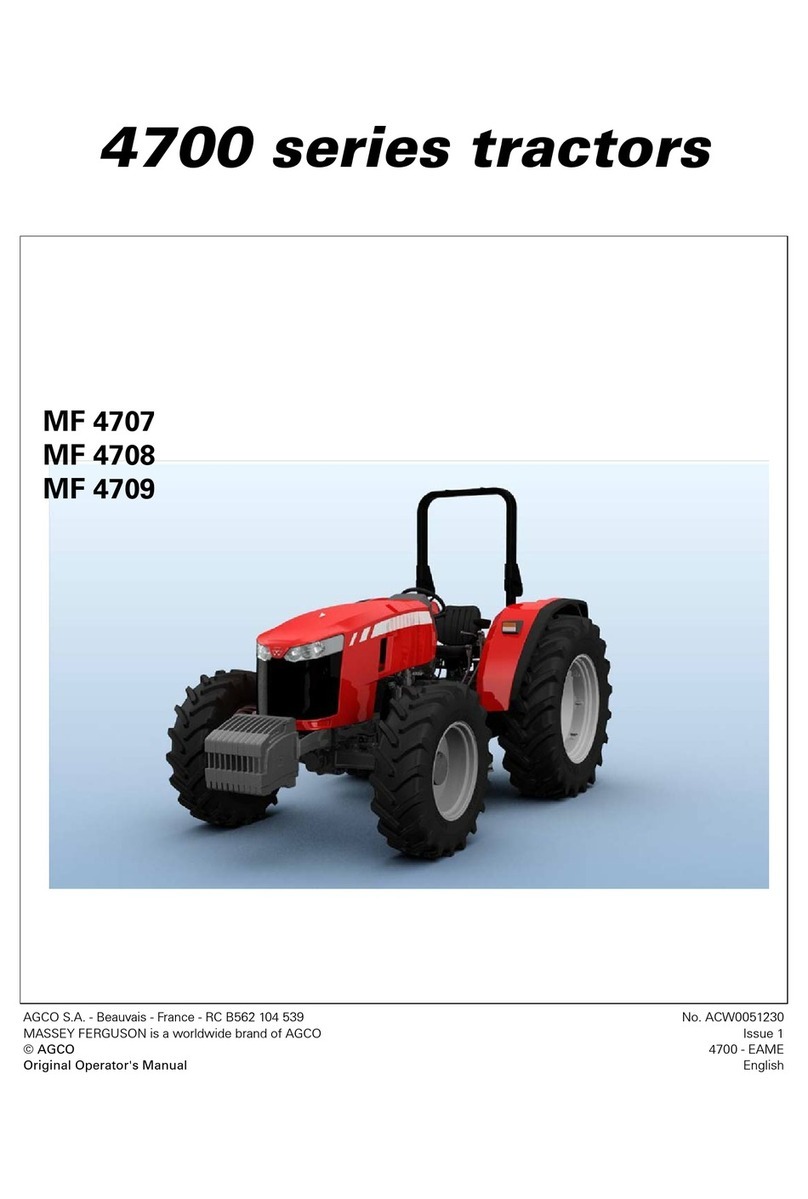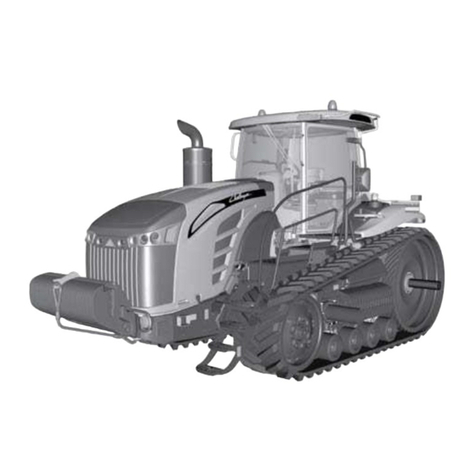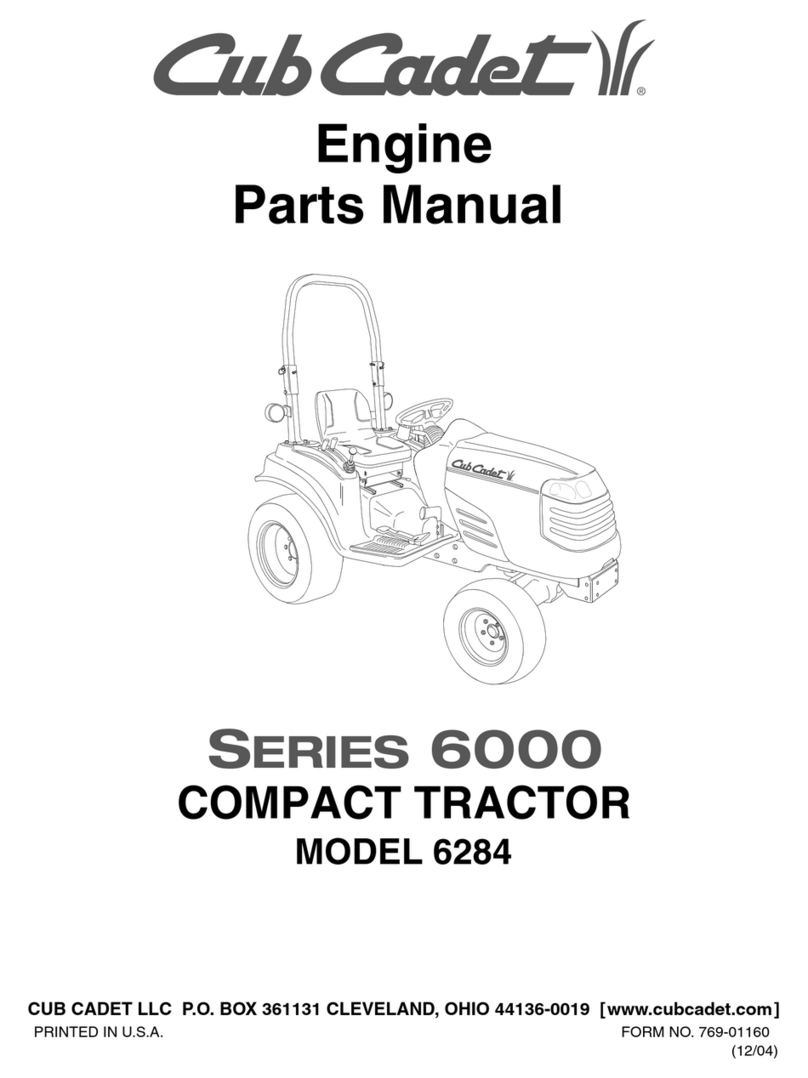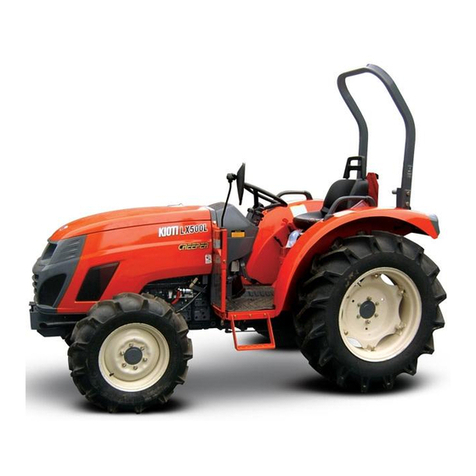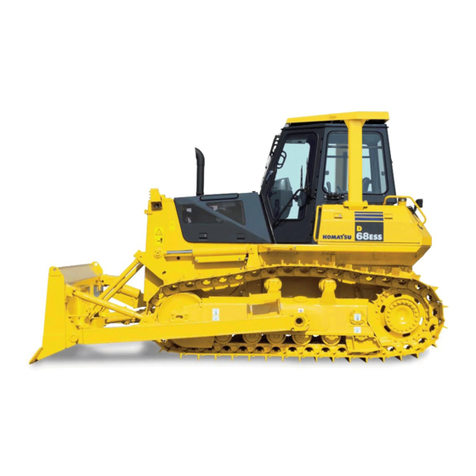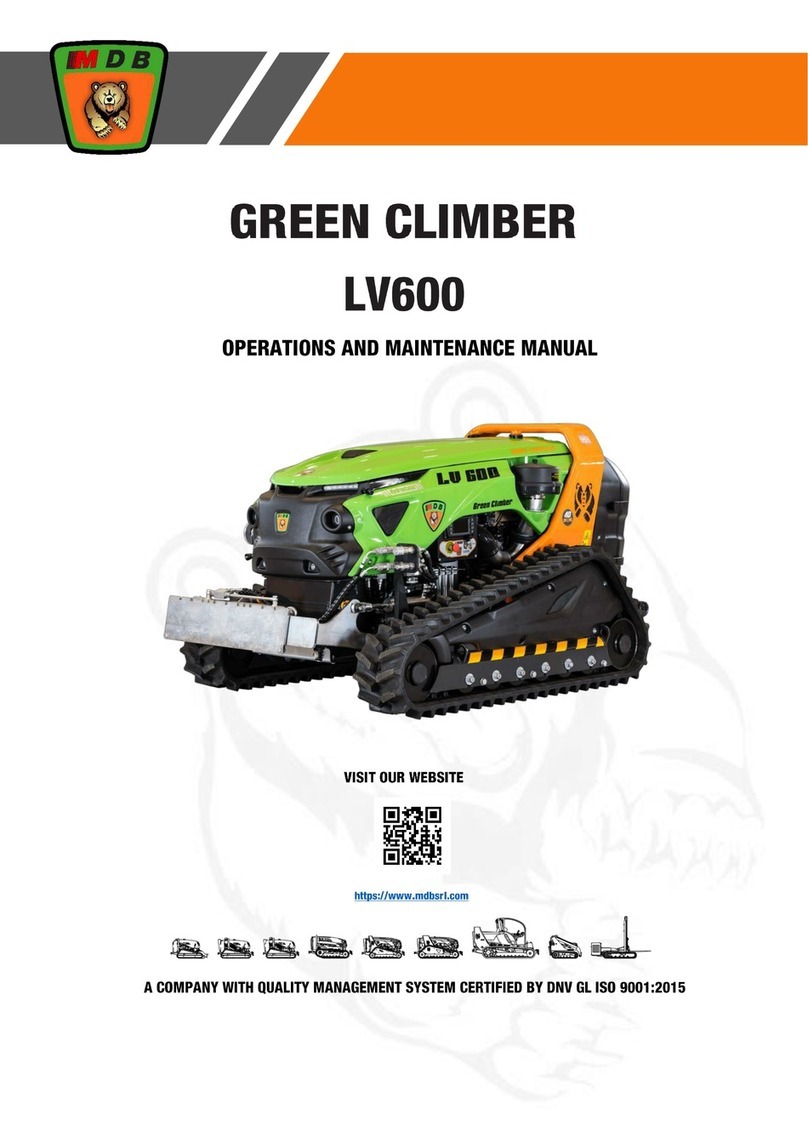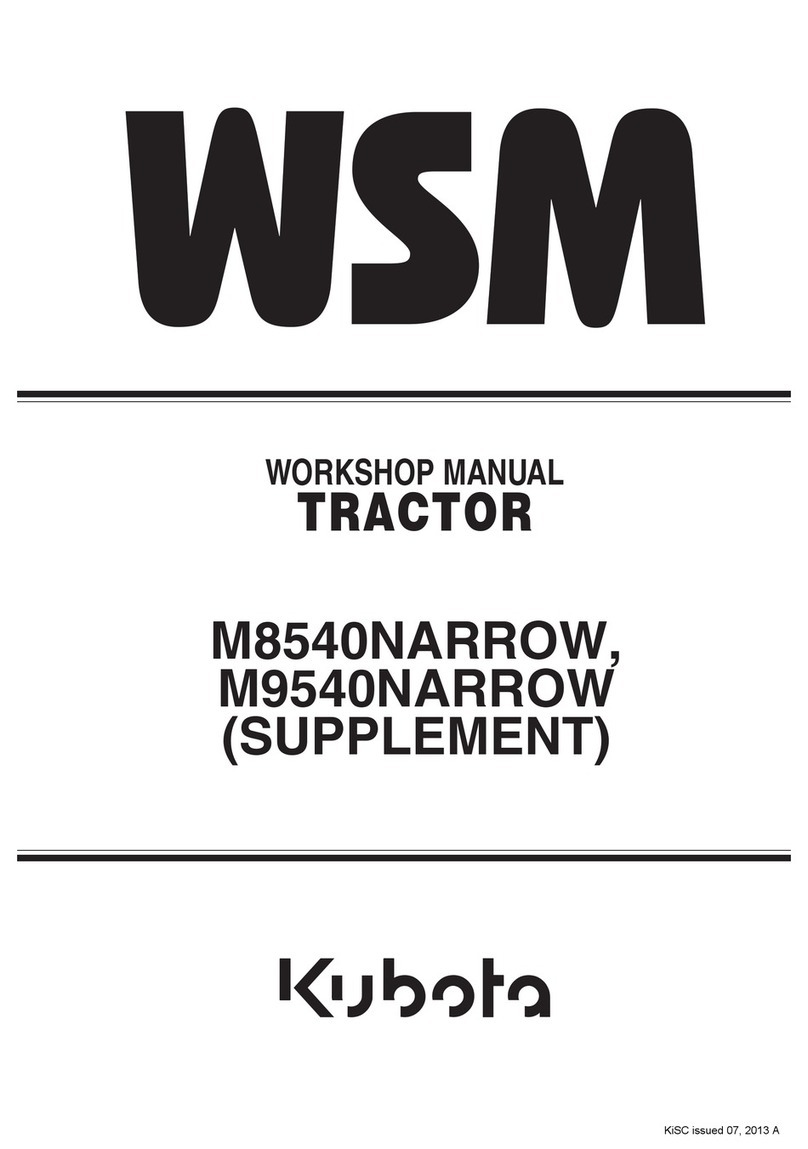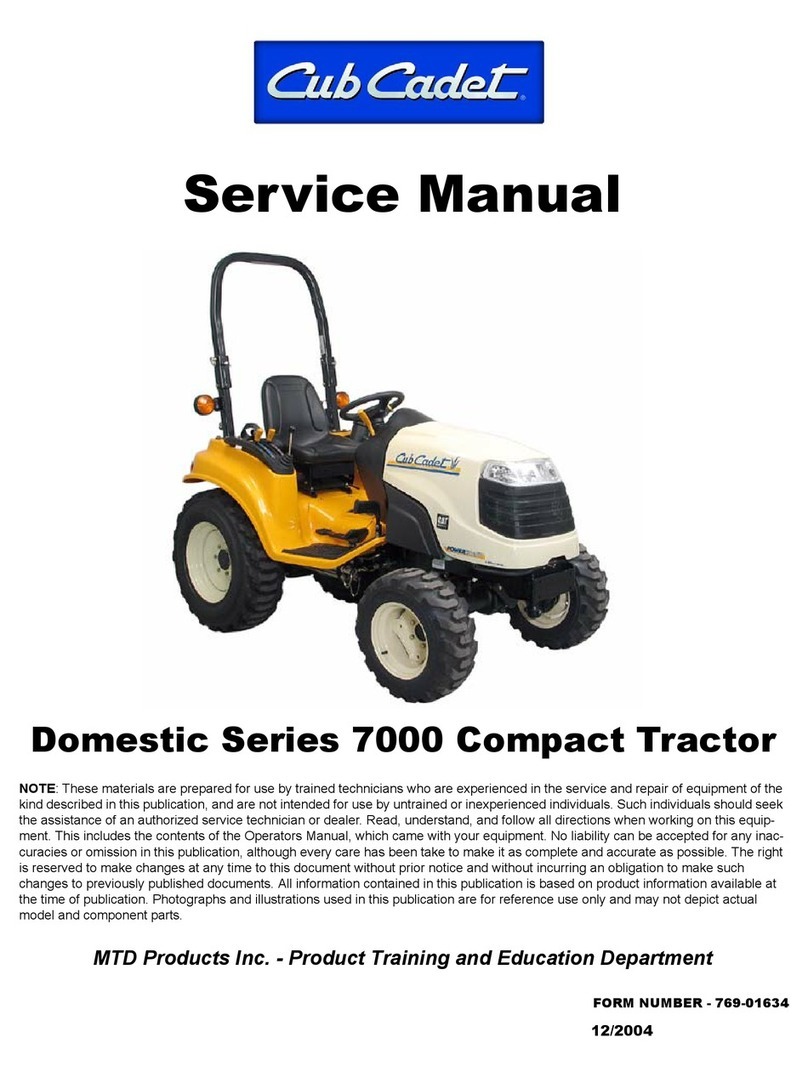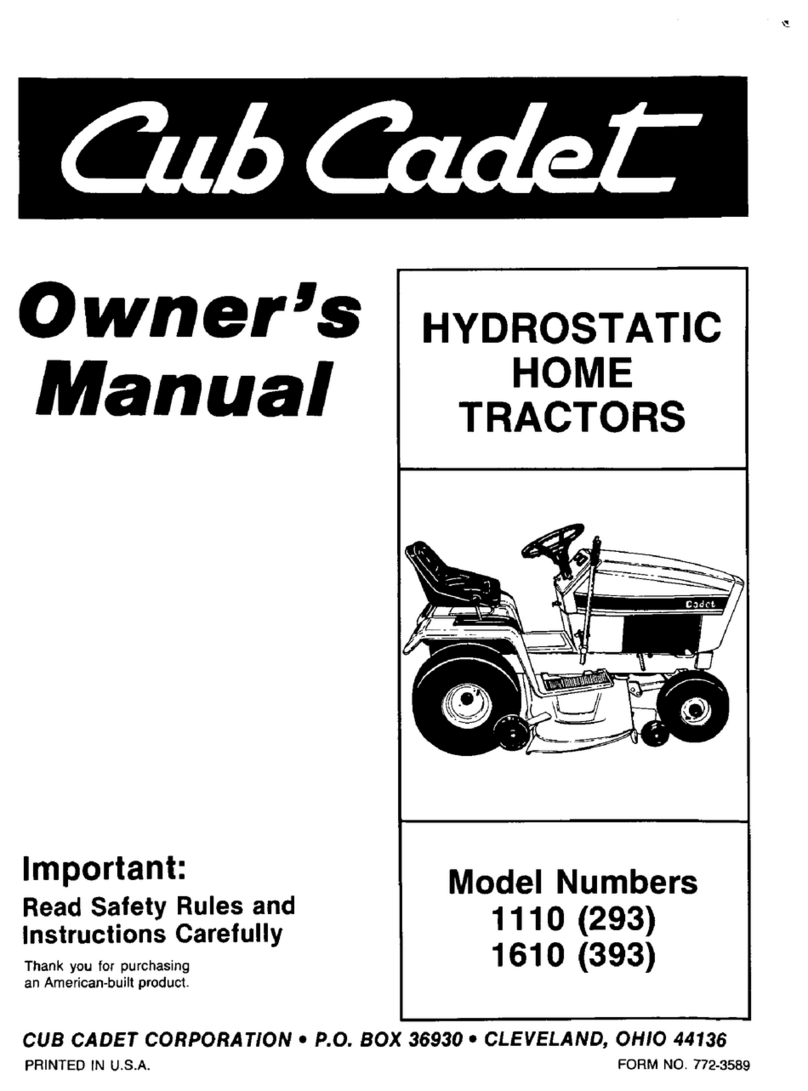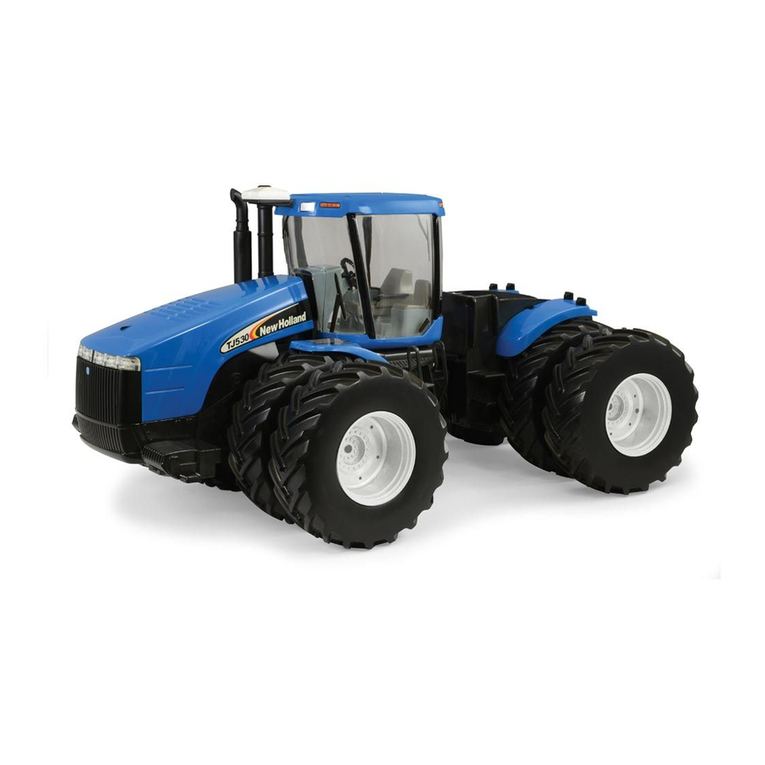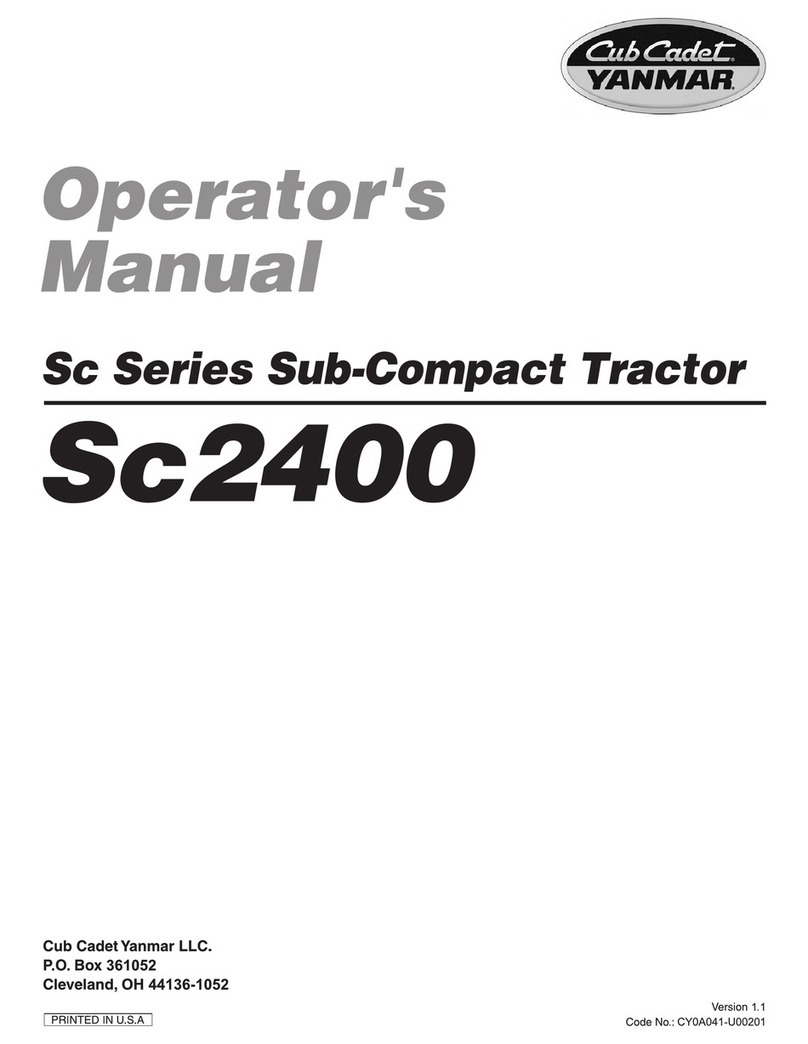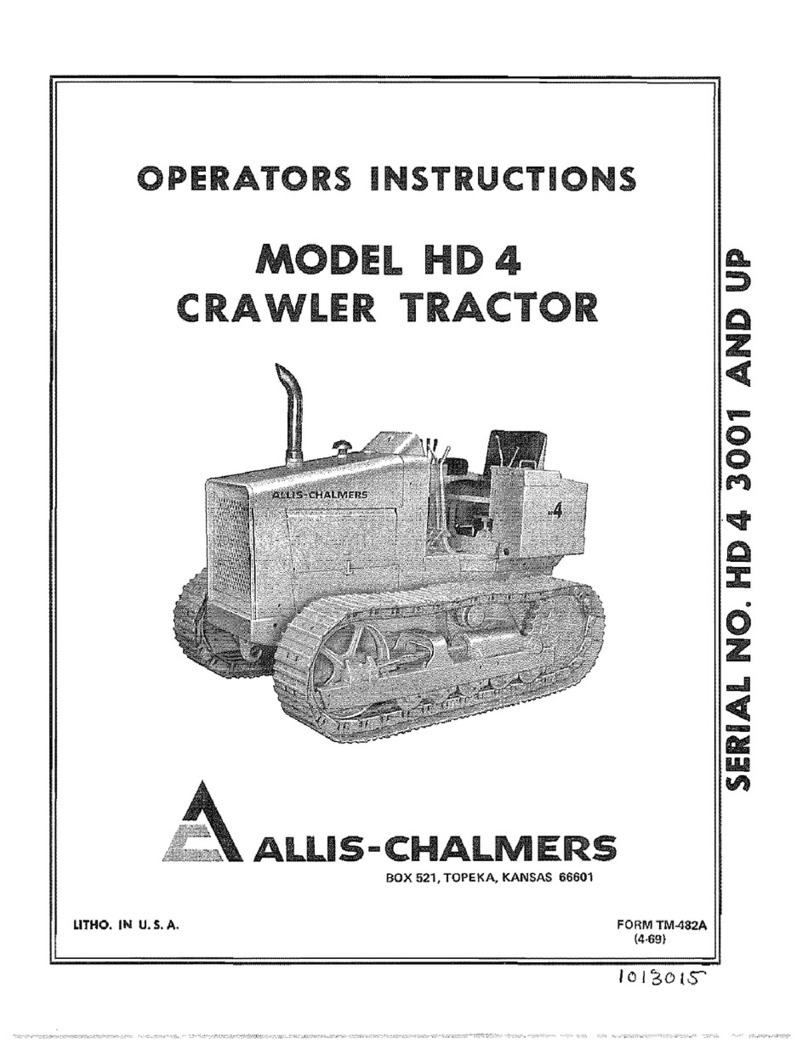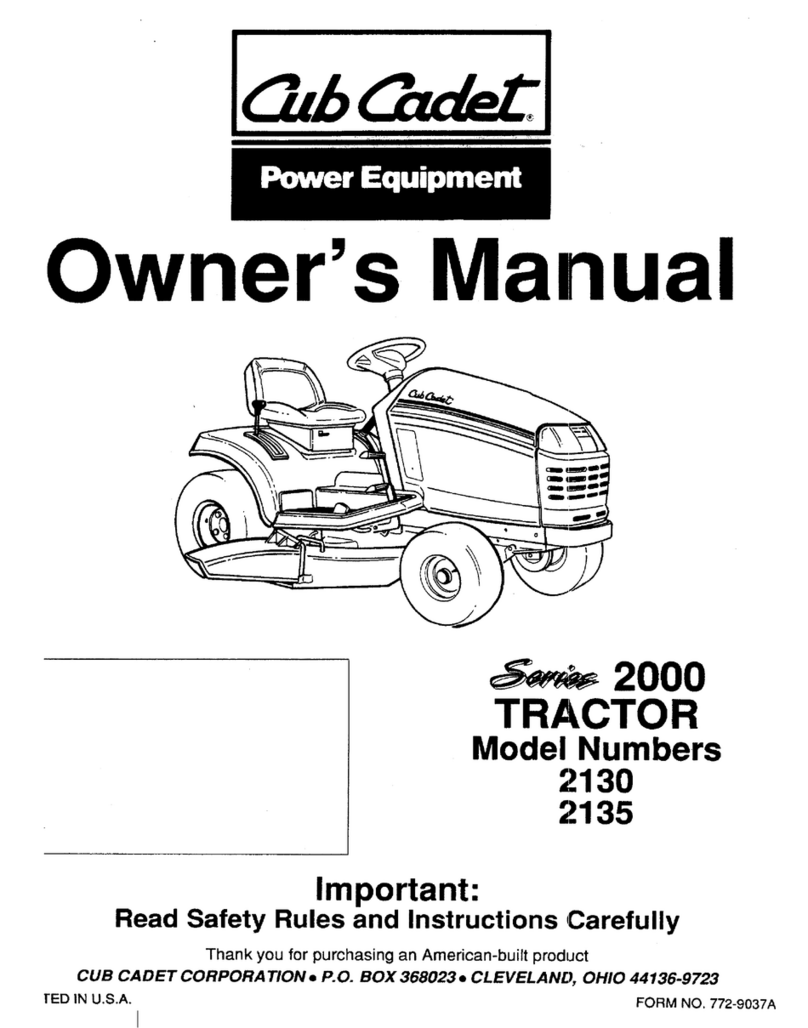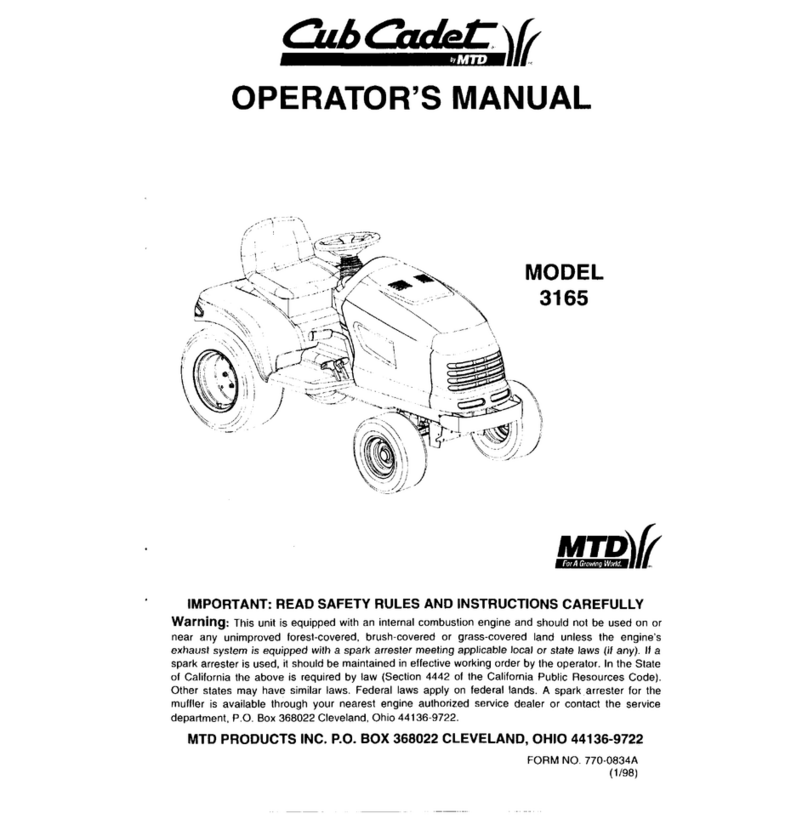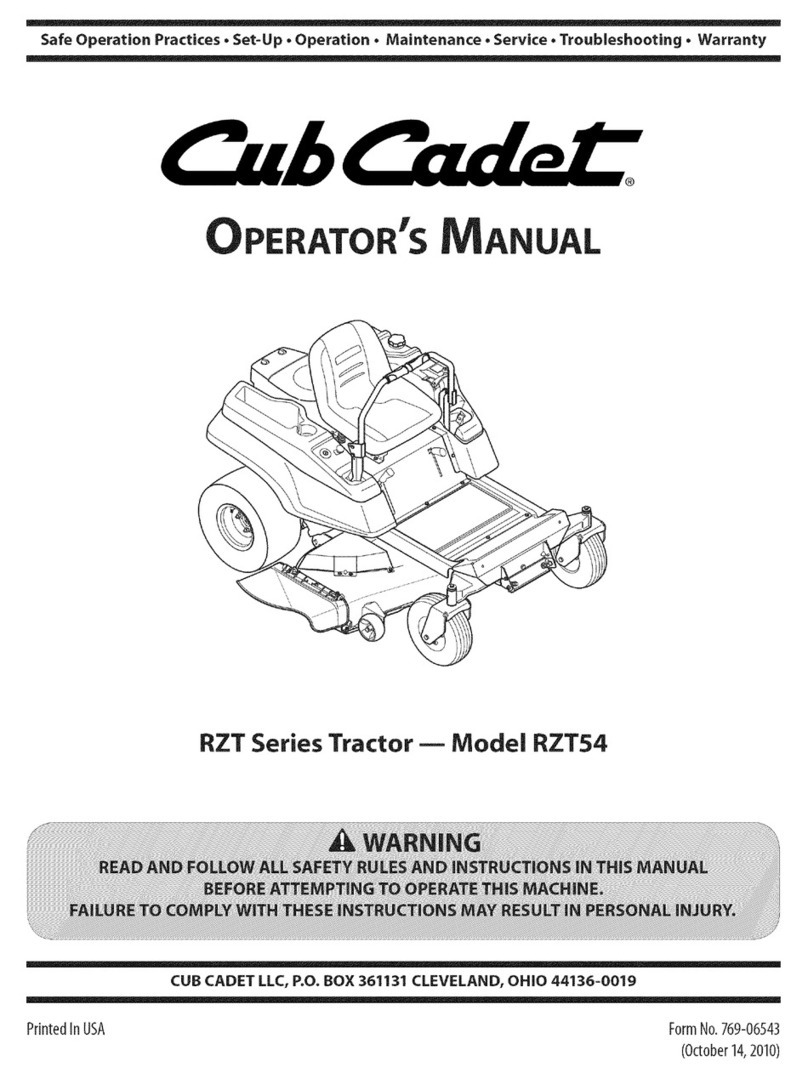
A. Detailed table of contents
--- 5 --- A. Detailed table of contents
Serial numbers of your tractor 2..................
Main table of contents 3..........................
To the operator 4................................
A. Detailed table of contents 5....................
B. Introduction, Warranty and Safety Notes 7......
B 1.Introduction and Warranty 7...................
B1.1.Introduction 7............................
B 1.2. Pre--- delivery, Installation on the Farm and
Warranty 7..............................
B1.3.Safety 8.................................
B 1.4. EU Declaration of Conformity 8.............
B 1.5. Tractor and Machine Noise 8...............
B 2. Safety Notes 9..............................
B2.1.IntroductiontoSafety 9....................
B 2.2. A Word to the Operator 9..................
B 2.3. Follow a Safety Programme 10..............
B 2.4. Protective Structures 10....................
B 2.5. Prepare for Safe Operation 11...............
B 2.6. Servicing the Tractor 14....................
B2.7.Starting 14...............................
B2.8.WorkSafely 15............................
B 2.9. After Operation 20........................
B 3. Other safety rules 21..........................
C. General description 22.........................
C 1. Illustrations MF 4435 --- 4455 22.................
C2.Service 25..................................
C3.Engine 25...................................
C 4. Power transmission 25........................
C4.1.Clutch 25................................
C4.2.Gearbox 26...............................
C4.3.Rearaxle 26..............................
C 4.4. Power shuttle 26..........................
C 4.5. Powered front axle 26......................
C4.6.Powertake---off 27.........................
C 5. Brake system 27.............................
C 6. Steering system 27...........................
C 7. Hydraulic system 28..........................
C7.1.Hydrauliclifts 28..........................
C 7.2. Valves for auxiliary hydraulics 28.............
D. Instruments and controls 29....................
D 1. Illustrations 29...............................
D 1.1. Controls on front 29........................
D 1.2. Instrument panel 30.......................
D 1.3. Controls on right hand side 31...............
D 1.4. Controls on left hand side 32................
D 1.5. Rear side controls 32......................
D 1.6. Roof console 33...........................
D 1.7. Driver’s seat 34...........................
D1.8.Othercontrols 34..........................
D 2. Instruments and controls, more detail 35.........
D 2.1. Controls on frontside 35....................
D 2.2. Instrument panel 36.......................
D 2.2.1. Front panel of instrument panel 36........
D 2.2.2. Instrument panel 37.....................
D 2.2.3. Side panel of instrument panel 39.........
D 2.3. Controls on right hand side 39...............
D 2.3.1. Driving 39.............................
D 2.3.2. Rear linkage 41........................
D 2.3.3. Rear power take---off 41.................
D 2.3.4. Auxiliary hydraulic 42...................
D 2.3.5. Other controls 42.......................
D 2.4. Controls on left hand side 45................
D 2.5. Controls on rear side 45....................
D 2.6. Roof console 46...........................
D2.7.Seat 47..................................
E. Starting and running 48.........................
E 1. Points to note during the first 50 hours running 48.
E2.Start 48.....................................
E 2.1. Normal start/cold start 48...................
E 2.1.1. Cold start, special instructions 48..........
E 2.2. Starting aerosol 49.........................
E 2.3. Starting with auxiliary batteries 49............
E3.Driving 49...................................
E 3.1. Changing gear 49.........................
E 3.2. Differential lock 50.........................
E 3.3. Powered front axle 50......................
E 4. Stopping 50.................................
E 5. Action to be taken during using 51..............
E 5.1. Permitted driving inclinations for a tractor on a
slope 51.................................
E 5.2. Use of snow chains 51.....................
E 5.3. Towing the tractor 51.......................
F. Operating instructions 52.......................
F 1. Use of power take --- off 52......................
F2.Trailer 53....................................
F 3 . T h r e e --- p o in t l i n k a g e 5 4.......................
F 3.1. Lifting links 54.............................
F 3.2. Check links 54............................
F 3.3. Telescopic lower links 55....................
F 3.4. Quick couplings for lower links, extra equipment . .
55
F 4. Using the hydraulic lift 56......................
F 4.1. Position lever 56..........................
F 4.1.1. The floating position 56..................
F 4.1.2. Draft control and automatic weight
transmission 56.........................
F 4.1.3. Adjustment of lowering speed 57..........
F 5. Operation of auxiliary hydraulics 58.............
F 5.1. Valves adjusting for single--- or double acting 58
F 5.2. Action to be taken during operation 58........
F5.3.Hydraulicmotor 59........................
F 6. Attaching implements 59......................
F 6.1. Using PTO shafts 59.......................
F7.Useoftoplink 59.............................
G. Maintenance schedule 61.......................
G1.Service 61..................................
G 2. Recommended fuel and lubricants 62...........
G 2.1. Engine oil recommendations according to outdoor
temperature 62...........................
G 2.2. Quality requirements of engine fuel 63........
G 2.2.1. Fuel 63...............................
G 2.2.2. Fuel storage 63........................
G 2.2.3. Filter system 63........................
G3.Grease 63..................................
G 4. Maintenance schedule 64.....................
H. Periodic maintenance 68........................
H 1. General 68..................................
H1.1.Airfilters 68...............................
H1.2.Keyforenginesideshields 68...............
H 2. Maintenance daily at least every 10 hours 69.....
H 3. Maintenance weekly at least every 50 hours 70...
H 4. Maintenance every 400 hours 74...............
H 5. Maintenance every 800 hours 79...............
H 6. Maintenance every 1200 hours or yearly 80......
H 7. Maintenance every 2400 hours or every other
year 85.....................................
I. Checks and Adjustments 87.....................
I1.Engine 87....................................
I 1.1. Bleeding fuel system 87.....................
I1.2.Aircleaner 87..............................
I 1.3. Maintenance--- cooling system 88.............
I 2. Electrical system 89...........................
I 2.1. Checking and maintenance of battery 89......
I2.2.Alternator 89...............................
I 2.3. Safety precautions for the electrical system 89..
I2.4.Fuses 90..................................
I 2.5. Current sockets 90.........................
I 2.6. Headlight adjustment 91....................
I 3. Power transmission 91.........................
I 3.1. Adjusting pedal free travel of propulsion clutch 91
Find manuals at https://best-manuals.com




















